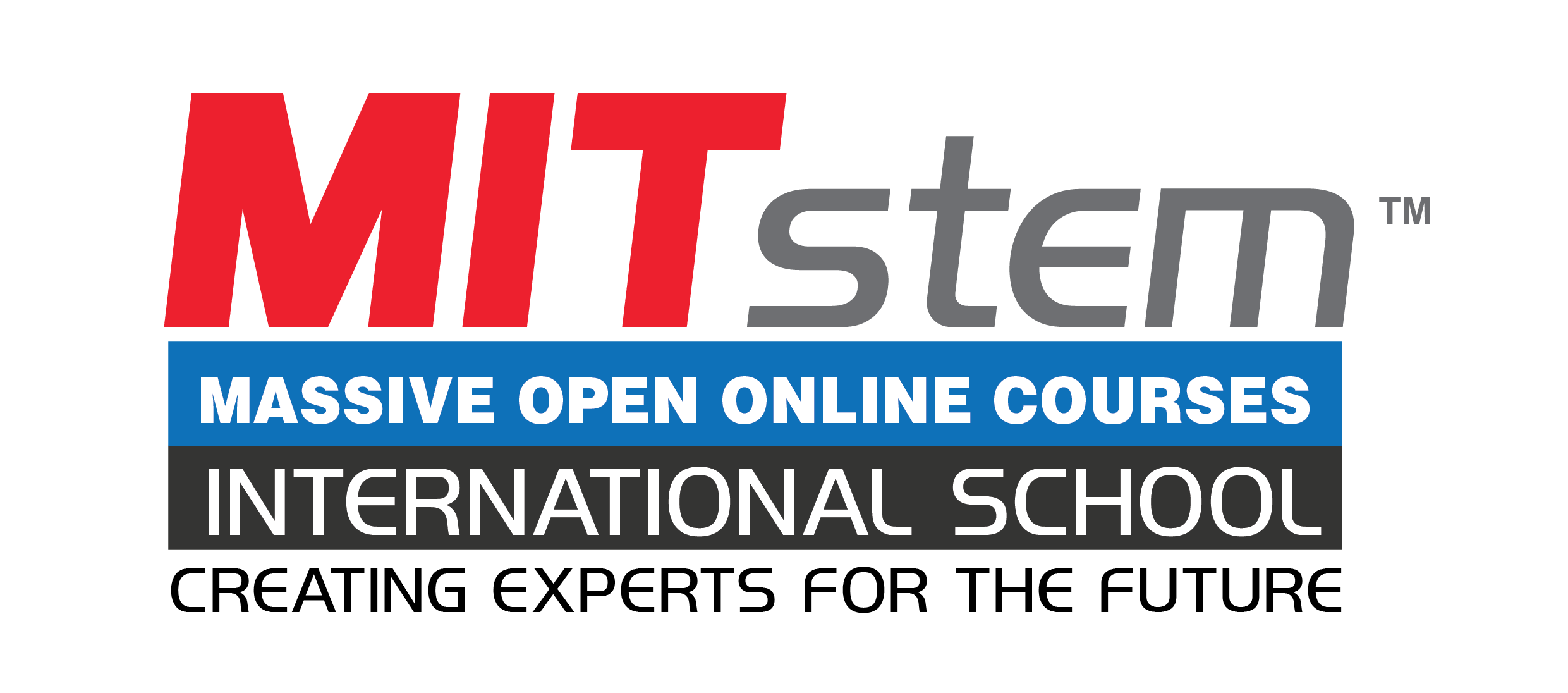Here is the class outline:
Engineering sciences, like the arts, social sciences and natural sciences, are a discrete discipline with their own language, practices and tools. Of course they also draw on and use principles from other sciences, in particular mathematics and physics but also social sciences. In turn, many of the findings in these latter
disciplines are based on the results of research carried out in the field of engineering sciences.
|
|
1.1 Technical drawings and parts lists
|
|
1.2 Circuit diagrams
|
|
1.3 Flow charts and programs
|
|
1.4 Technical plans and schematic diagrams
|
|
1.6 Software Pneumatic
|
|
Video
|
|
Examples of engineering-related sciences include:
• mechanical engineering,
• electrical engineering,
• production engineering,
• structural engineering,
• and so on.
|
|
2.1 Key development milestones in the history of automation technology
|
|
2.2 Effects of automation on people
|
|
|
|
|
3.1 Direct current and alternating current
|
|
EXERCISE 1: ELECTRICAL ENGINEERING
|
|
3.2 Electrical resistance and electrical power
|
|
EXERCISE 2 :ELECTRICAL POWER
|
|
3.3 How a solenoid works
|
|
3.6 How switches work and their structure
|
|
3.7 Relays and contactors
|
|
Electrical Circuit 1 : Using Contact Relay
|
|
Electrical Circuit 2 : Self-Holding
|
|
EXERCISE 3 : START INTERLOCK
|
|
EXERCISE 4: Timer application
|
|
EXERCISE 5: ON Timer
|
|
EXERCISE 6: On Timer
|
|
EXERCISE 7 : Relay Application
|
|
The purpose of sensors is to acquire information and to forward it in an evaluable format to the signal processing system. They are found in diverse tasks in technology, with different designs and operating principles. That is why it is important to categorise them. Sensors can be classified according to
• operating principle (optical, inductive, mechanical, fluid, etc.),
• measured variable (displacement, pressure, distance, temperature, ph value, luminous intensity, presence of objects, etc.) or
• output signal (analogue, digital, binary, etc.), to name just a few methods.
|
|
4.1 Proximity sensors
|
|
EXERCISE 8: PROXIMITY SENSOR
|
|
4.2 Pressure sensors
|
|
The term pneumatics comes from the Greek work "pneuma", meaning wind or breath. It refers to the use of
compressed air or systems driven by compressed air in an engineering application. A modern pneumatic
system in automation technology consists of subsystems for:
• generating and providing the compressed air (compressors, radiators, filters),
• distributing the compressed air (ducts, pneumatic tubing, coupling pieces),
• controlling the compressed air (pressure regulators, directional control valves, stop valves),
• performing work using the compressed air (cylinders, rotary drives).
|
|
5.1 Physical fundamentals
|
|
5.2 Individual components in a pneumatic control system and their functions
|
|
5.3 Functions and features of actuators (pneumatic cylinders)
|
|
EXERCISE 9: Electro-Pneumatic 1
|
|
Electro-Pneumatic 2
|
|
Electro-Pneumatic 3
|
|
Electro-Pneumatic 4
|
|
|
|
|
Components of the stacking magazine station
|
|
EXERCISE 10: Stacking magazine station Learning about components and their function
|
|
EXERCISE 11: Stacking magazine station using proximity sensor
|
|
EXERCISE 12: Shift Register Method
|
|
EXERCISE 13 : Sequence Application
|
|
FINAL PRACTICAL ASSESSMENT - STACKING _MAGAZINE STATION
|
|
Slide Presentation
|
|
Slide Stacking 1
|
|
Stacking magazine station - Circuit Submission
|
|
Components of the conveyor station
|
|
Conveyor Station Exercise 1 & 2 : Learning about components and their function & Learning about ...
|
|
Learning about the structure of symbols
|
|
Exercise 3 : Learning about the structure of symbols
|
|
EXERCISE 14: Conveyor using sensors
|
|
EXERCISE 15: Conveyor Actuating DC motors
|
|
Final Assessment Conveyor
|
|
EXERCISE 16: Conveyor with Counter Application
|
|
Quiz Conveyor Station
|
|
Handling station
|
|
EXERCISE 17: Learning about components Handling Station and their function
|
|
Executing a simple task using the handling station
|
|
x-axis task
|
|
Circuit diagram creation and programming using FluidSIM®
|
|
EXERCISE 18: ON/OFF DELAY AND SENSOR
|
|
This course is intended for industrial automation (or factory automation)
|
|
Lesson 1: Virtual Tour of FA
|
|
Assessment 1
|
|
Lesson 2: Typical Input Devices
|
|
Assessment 2
|
|
Lesson 3: Typical Control Devices
|
|
Assessment 3
|
|
Lesson 4: Typical Output Devices
|
|
Assessment 4
|
|
Lesson 5: Basic Electric Circuits
|
|
POST-ASSESSMENT TEST
|
|
SOFTWARE CXONE
|
|
CX-PROGRAMMER
|
|
This course is designed to assist beginners in understanding basic information of PLCs.And you will learn the features of OMRON PLCs through the course.
|
|
Lesson 1: What are PLCs?
|
|
PLC WORKBOOK
|
|
QUIZ -PROGRAMMING 1
|
|
QUIZ- PROGRAMMING 2
|
|
QUIZ - PROGRAMMING 3
|
|
QUIZ- PROGRAMMING 4
|
|
QUIZ- PROGRAMMING 5
|
|
QUIZ- PROGRAMMING 6
|
|
QUIZ - PROGRAMMING 7
|
|
QUIZ- PROGRAMMING 8
|
|
QUIZ - PROGRAMMING 9
|
|
QUIZ - PROGRAMMING 10
|
|
|
|
|
PROJECT 1- 3 CYINDER
|
|
PROJECT2- 4 CYLINDER
|
|
MECLAB NOTE
|
|
PROJECT 3
|
|
PROJECT 4
|
|
PROJECT 5
|
|





